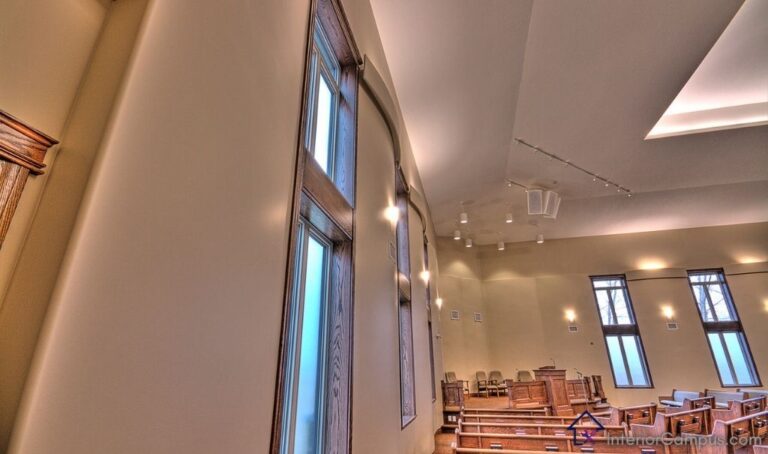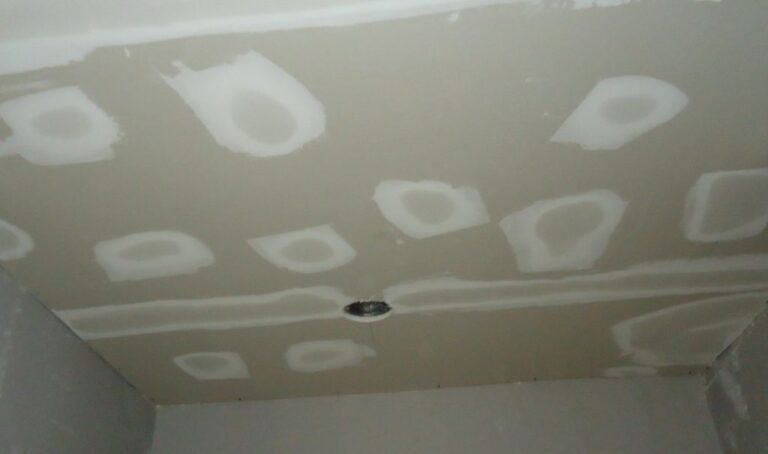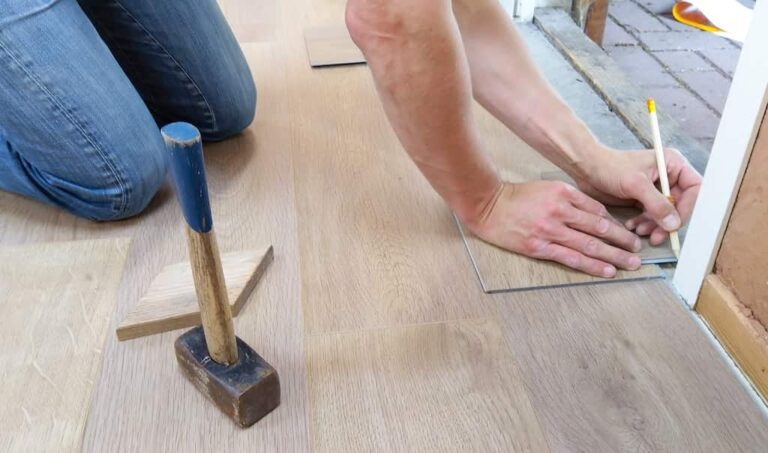Do Wall Anchors Come in Different Sizes? 84% Don’t Know THIS
Are you tired of your picture frames falling off the wall or your shelves coming loose? It is crucial to employ the proper wall anchors to prevent these issues. Do Wall Anchors Come in Different Sizes?
Yes, Wall Anchors come in different sizes. It is important to choose the right size for your needs. Consequently, one may inquire, are there distinct sizes of wall anchors? Undoubtedly, there are, and it is vital to choose the correct size for your specific requirements.
Opting for the appropriate size of wall anchor is not only essential for the security of your valuables but also for the stability of your walls.
If the anchor is too diminutive, it will be unable to bear the weight of your object, and if it is too extensive, it may result in harm to the wall. Therefore, it is vital to contemplate the weight of your object and the thickness of your wall while selecting the suitable size of anchor.
Coming to the weight topic, did you ever think about the weight capacity of your drywall? I have written a helpful article on Can Drywall Anchors Hold a Shelf?
However, there is no need to be anxious as we are here to assist you. In this post, we will not only discourse the sundry sizes of wall anchors but also investigate the diverse types accessible in the market.
Furthermore, you may even acquire some captivating tidbits about wall anchors that will leave an impression on your pals at the next soiree. So, seize a cup of coffee, take a seat, and let us plunge into the realm of wall anchors. Trust me, it is much more enthralling than it appears.
Types of Wall Anchors
Now that we understand the significance of using the correct size of wall anchor, let’s examine the various types accessible in the market. Every kind of wall anchor is intended to function optimally in a specific wall type, and comprehending their disparities will help you choose the appropriate one for your task.
Firstly, there are Expansion anchors, which are excellent for sturdy walls built with materials like concrete, brick, or stone.
These anchors widen when installed, establishing a secure grasp on the wall. However, it’s crucial to pick the right size and type of expansion anchor since some may not be appropriate for specific wall types.
Following that, there are hollow wall anchors, also known as drywall anchors, which are made for hollow walls constructed with materials such as plasterboard, gypsum board, or fiberboard. These anchors create a strong grip by holding onto the wall’s backside when the screw is introduced.
And, the toggle Wall anchor is another kind of wall anchor that is appropriate for both solid and hollow walls. These anchors have a distinct design that enables them to support more weight than other kinds of anchors. They work by flipping behind the wall, forming a robust grip.
Lastly, there are screw anchors that are adaptable and can be utilized in various wall materials. These anchors are effortless to install and eliminate, making them perfect for transient tasks.
But which wall anchor type is the greatest? It entirely hinges on the wall type and the weight of the item you wish to hang. The great news is that numerous wall anchor sets arrive in an array of sizes and types, simplifying the process of experimenting and discovering the appropriate one for your necessities.
Now, let’s proceed to the enjoyable part. Did you know that wall anchors have been around since ancient times? Yes, the Romans employed lead anchors to secure their structures. And during the Middle Ages, wooden dowels served as anchors. It’s secure to affirm we’ve progressed significantly since then.
So, whether you’re a history buff or just someone looking to hang up a picture frame, understanding the different types and sizes of wall anchors can make a big difference in the success of your project. And who knows, you might even impress your friends with your newfound knowledge at your next dinner party.
Different Sizes of Wall Anchors (Which You May Need)
Now that we’ve examined the various wall anchor types, let’s delve into the realm of sizes. Wall anchors are accessible in diverse sizes, and it’s crucial to select the appropriate size for your specific necessities.
Concerning size, two principal measurements must be considered: diameter and length. The diameter denotes the anchor’s width, whereas the length represents the distance between the screw’s head and the end of the anchor.
These measurements ascertain the anchor’s strength and load capacity, making it crucial to choose the appropriate size based on the weight of the item you intend to hang and the wall’s thickness.
The most prevalent wall anchor sizes span from 1/8 inch to 1 inch in diameter and from 1 inch to 6 inches in length. It’s imperative to note that not all sizes are accessible for every wall anchor type, making it essential to read the product depiction meticulously.
For example, expansion anchors usually vary from 1/4 inch to 3/4 inch in diameter and from 1 inch to 6 inches in length, whereas hollow wall anchors generally range from 1/8 inch to 1/4 inch in diameter and from 1 inch to 3 inches in length.
However, how can you select the appropriate size of wall anchor? It all boils down to the item’s weight and the wall’s thickness. Usually, the thicker the wall, the longer the anchor must be to ensure a secure hold. The heavier the object, the larger the anchor’s diameter should be.
| Anchor Type | Diameter Sizes (inches) | Length Sizes (inches) |
|---|---|---|
| Expansion anchors | 1/4, 5/16, 3/8, 1/2 | 1 3/4, 2 3/4, 3 3/4 |
| Hollow wall anchors | 1/8, 3/16, 1/4 | 1, 1 1/4, 1 1/2, 2 |
| Toggle bolts | 1/8, 3/16, 1/4, 5/16, 3/8 | 2, 2 1/2, 3, 3 1/2, 4 |
| Screw anchors | 3/16, 1/4, 5/16 | 1 1/2, 1 3/4, 2, 2 1/2 |
To determine the weight of your item, you can utilize a scale or refer to the product specifications. Once you have the weight, you can utilize it to compute the load capacity required for the anchor. Most wall anchors feature a load capacity listed on the packaging or product depiction, so make sure to choose one that can handle the object’s weight.
Another aspect to consider is the wall’s thickness. If the wall is thin, such as in the case of drywall or plasterboard, you’ll require a smaller anchor that won’t damage the wall. In contrast, if the wall is thick, such as in the case of concrete or brick, you’ll require a larger anchor that can penetrate the wall and provide a secure hold.
To choose the appropriate wall anchor size, you should take your time to ensure you get it right. Using an incorrect anchor size can cause damage to your wall, or worse, your items might fall and break. Therefore, take the time to measure and weigh your object to select the right size and type of anchor.
Conclusion
Selecting the proper size and type of wall anchor is essential for safety and stability, as wall anchors come in different sizes and types. You can pick the appropriate anchor by considering the weight of your item and the thickness of your wall.
And while you’re at it, don’t forget to have some fun! Did you know that the world record for the heaviest object hung on a wall with wall anchors is 7,000 pounds? That’s like hanging a small elephant on your wall! Although we don’t advise attempting to break that record, it’s still enjoyable to imagine what’s possible with the right tools and knowledge.
Did you know that wall anchors were invented in the 1960s by an engineer named Sam Venner? He was trying to find a way to hang heavy equipment on hollow walls, and the wall anchor was born. Today, wall anchors are used in a wide range of projects, from hanging pictures to securing furniture.







2 Comments